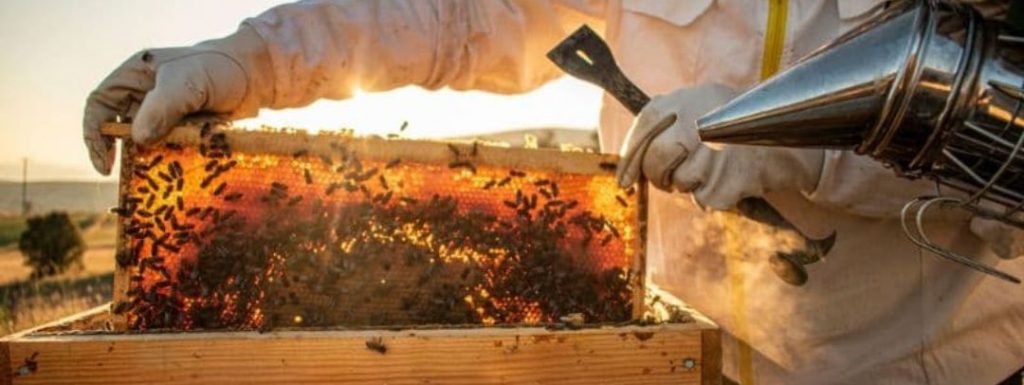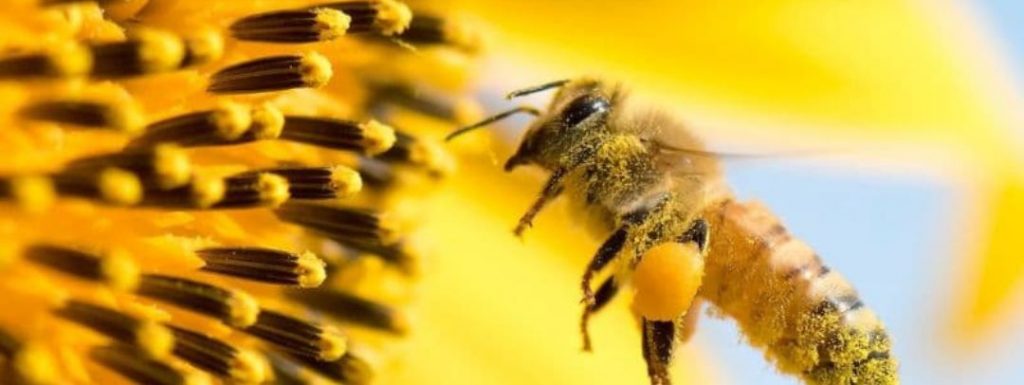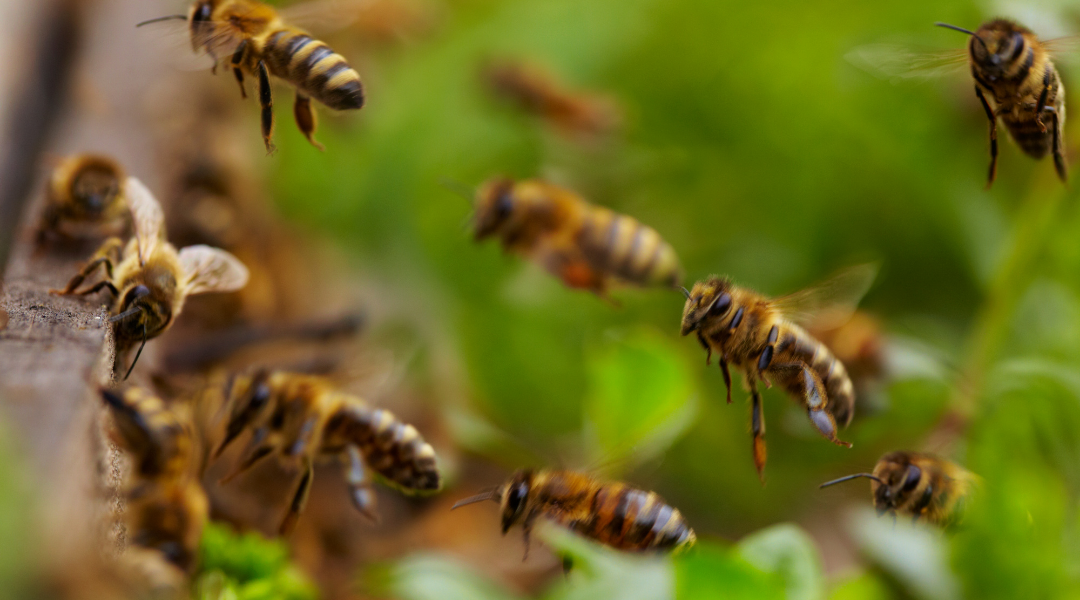What is beekeeping?
The term beekeeping is used to refer to the activity of raising and caring for bees, in order to obtain honey, and other products such as wax or royal jelly.
Beekeeping has been very present throughout the history of mankind.
There are traces of honey, found in a vessel in a Neolithic site in Anatolia (Turkey), which is 9,000 years old. In remote times, beekeeping activity was based on hunting, in spring, one or several swarms of bees in nature. These were transferred to hives made manually from materials such as mud or hollow logs.
At the end of the summer season, the beekeeper removed most of the bees from the hives and extracted the honey from the combs. To do this, he sometimes used very different techniques, such as immersing the hives in boiling water. This is how they obtained honey and wax.
What uses did honey have in ancient civilizations?
In addition to serving as a sweetener to sweeten desserts, in ancient Egypt honey also had other functions and uses that are not currently common.
Among others, honey was used as an offering to the gods, particularly Min, the Egyptian god of fertility.
Honey was also used as an embalming technique in Egyptian and Near Eastern peoples.
What are the main benefits of beekeeping?
Beekeeping brings numerous ecological, natural, and socioeconomic benefits, contributing to the promotion and development of the small towns where it is carried out.
Beekeeping plays a key role in pollination, essential for the development of wildlife. In addition, honey is obtained through beekeeping, whose properties and qualities are very varied and healthy.
Thanks to the involvement of this activity in the rural world, beekeeping contributes to the development of rural areas, combating the effect of depopulation in small towns.
Finally, beekeeping contributes to the survival of bees, an essential pollinator in nature.

What does a beekeeper need?
For the correct development of his work, the beekeeper uses the following tools:
The hive. This will be the home of the swarm of bees, coming naturally or having been acquired from other beekeepers. The hives have four different parts: a floor, frames, supers and a roof, as well as different dimensions from each other.
The smoker. It is an instrument whose function is to control the bees, using smoke for it. In the presence of smoke, they believe that it is a fire and leave.
Others: Lever to handle frames, stamped wax, brush to remove bees, as well as a face shield or mask, gloves and suitable footwear.

What are the existing types of beekeeping?
Currently, we can differentiate between two types of beekeeping: sedentary and transhumant.
Sedentary beekeeping is characterized by the invariable location of the hive, requiring a contribution of artificial sustenance. While, transhumant beekeeping maximizes production. This consists of varying the position of the hive in a geographical area, based on the flowering and availability of nectar or pollen in it. To do this, beekeepers take advantage of the flowering times of the species existing in the geographical area.
That is why transhumant beekeeping is also known as bee transhumance.
You may also be interested in:


